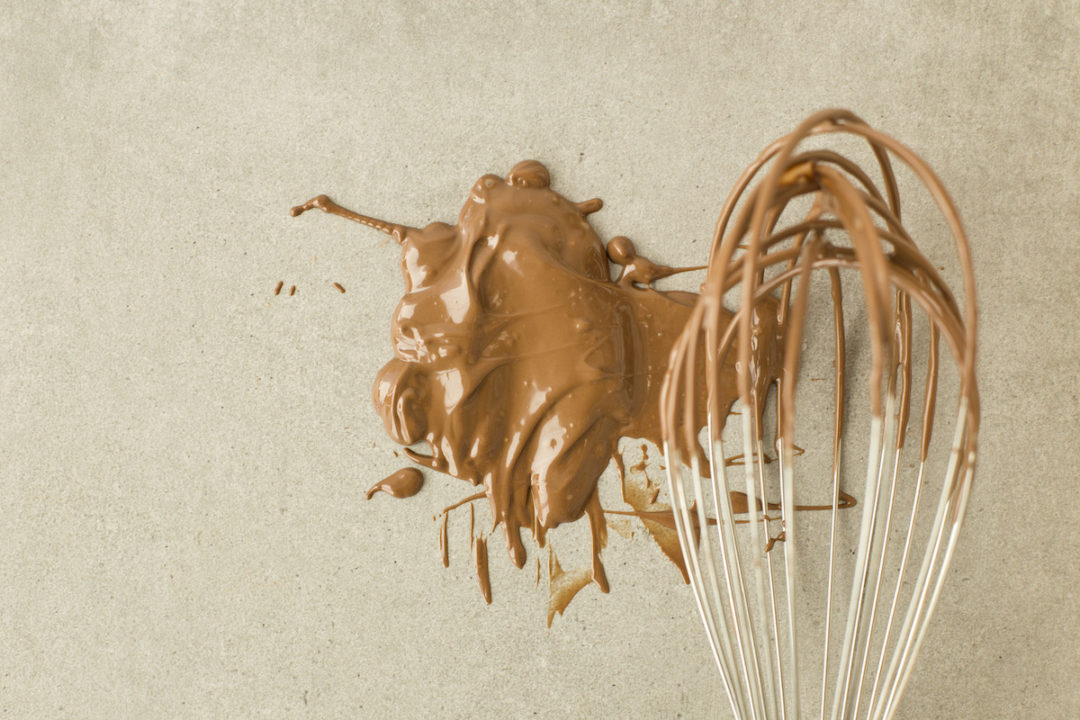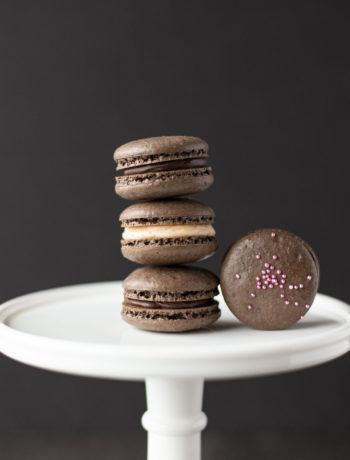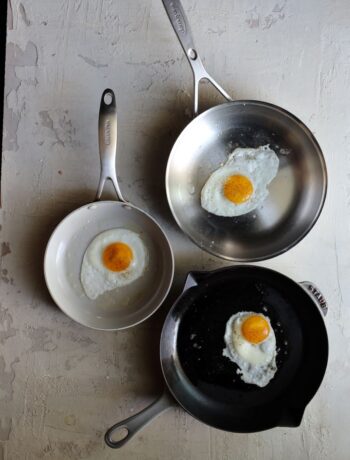You’ve melted. You’ve dipped. You’ve coated. But your chocolate is funky. And you’re frustrated. Raise your hand if you’ve been there!! Me! I have! Use this information about troubleshooting chocolate to figure out what went wrong!
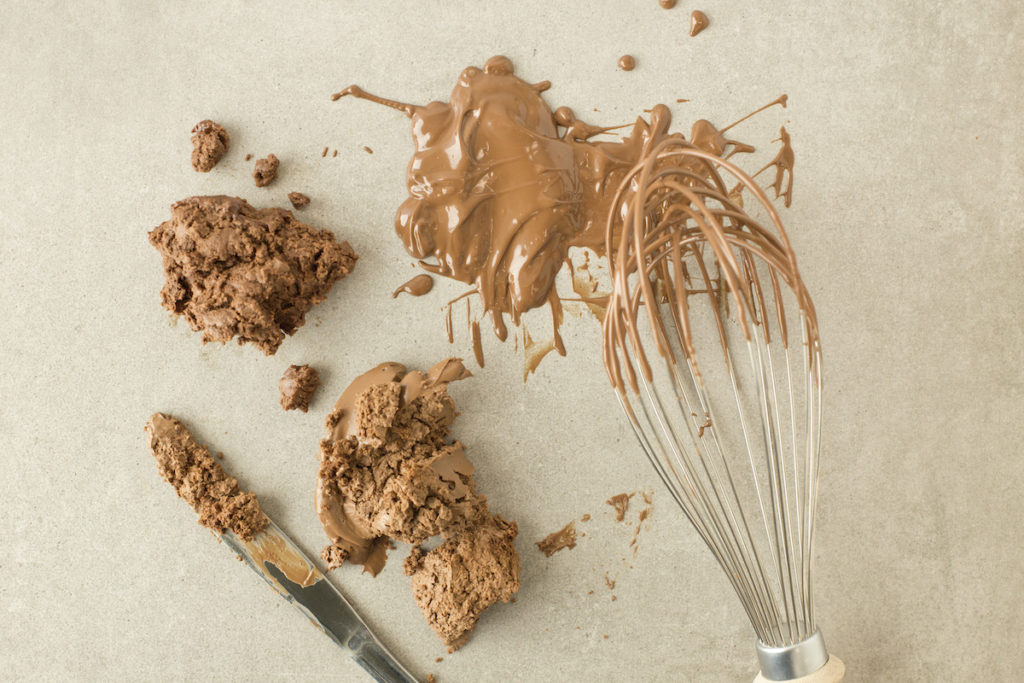
Problem: Chocolate Bloom
You melt. You dip. You wait! And as the chocolate starts to set up, streaks and spots of white appear on the surface. Plus, the surface is soft and chalky – not smooth and shiny! What has happened???
Well, chocolate is made with cocoa butter. And cocoa butter is finicky! When your chocolate is melted, you must melt and reheat in a specific manner to train the cocoa butter to set up properly. If you do not train the cocoa butter in a process called tempering, the cocoa butter will be unruly and rise to the surface of the chocolate, instead of mixing evenly in the chocolate.
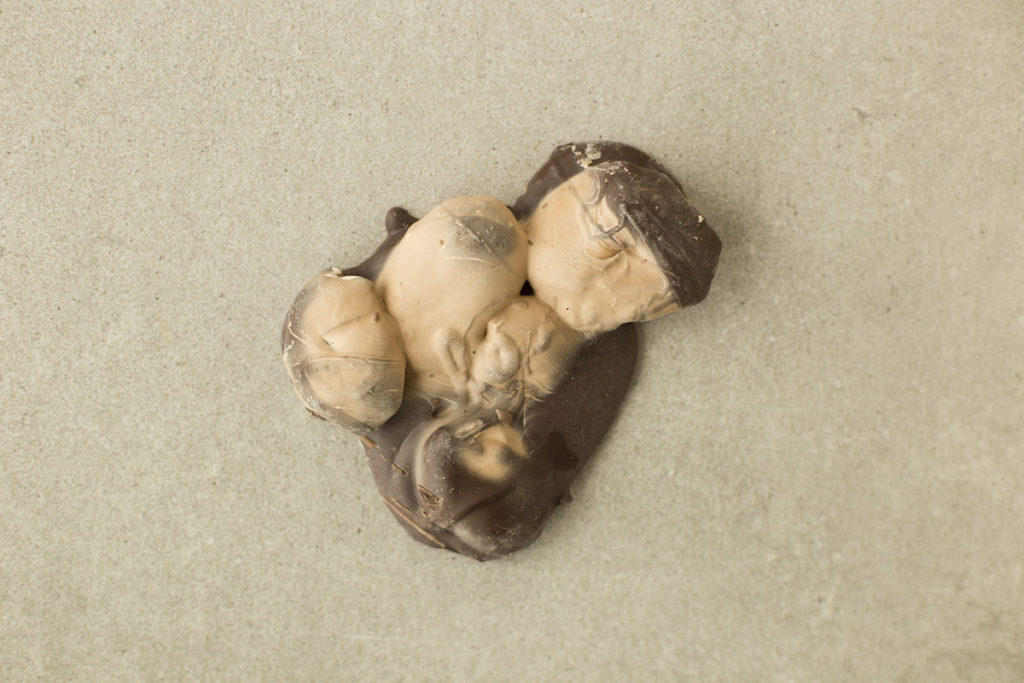
When the cocoa butter rises to the surface, it is called chocolate bloom! It is literally just cocoa butter on the surface of the chocolate. It is often accompanied by a soft and grainy texture, instead of the sharp and crisp snap we associate with tempered chocolate.
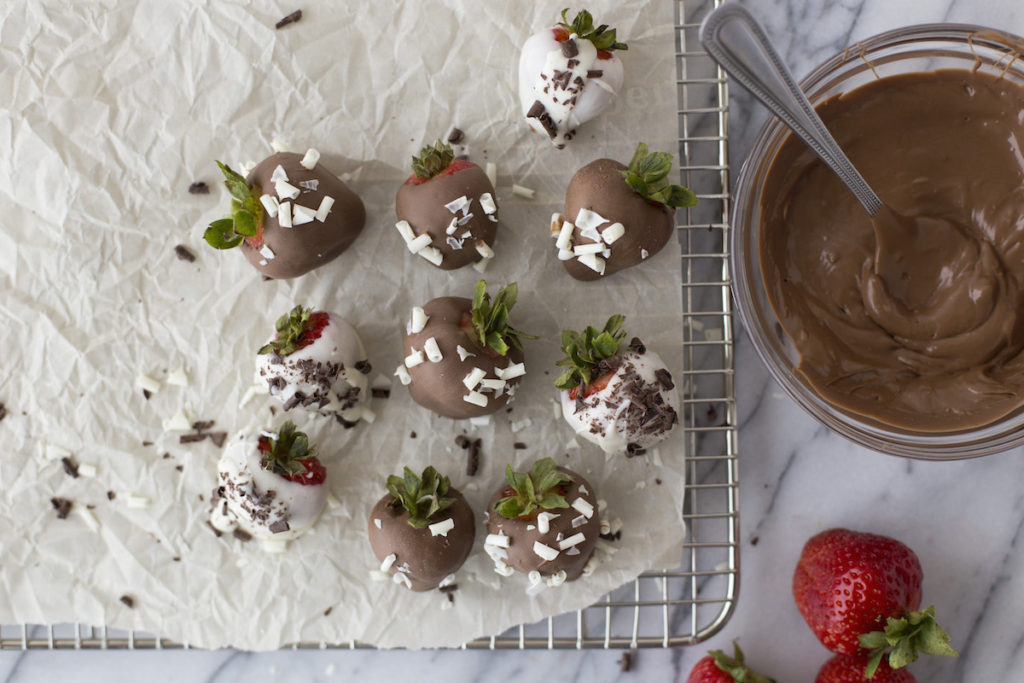
Chocolate bloom occurs when chocolate is not properly tempered, but it can also happen when the chocolate is cooled too quickly, if the chocolate is stored too warm, or if the chocolate is introduced to moisture while being stored (especially in the fridge or freezer).
Solution: Chocolate Bloom
There is not a fix for bloomed chocolate once it has been used for dipping.
But, if you have remaining chocolate in your bowl, you can remelt the chocolate and follow the tempering instructions to control the cocoa butter.
When tempering chocolate, we recommend testing the chocolate before continuing with your dipping or molding or enrobing, etc. Save yourself the heartache and check before your proceed. To do this, simply dip a knife or small piece of parchment paper in the chocolate. Let it cool in the fridge for 5-10 minutes. If the chocolate is shiny and snaps when you break it – you have tempered your chocolate. If the chocolate is soft, chalky, and grainy – you need to remelt your chocolate and restart the tempering process.
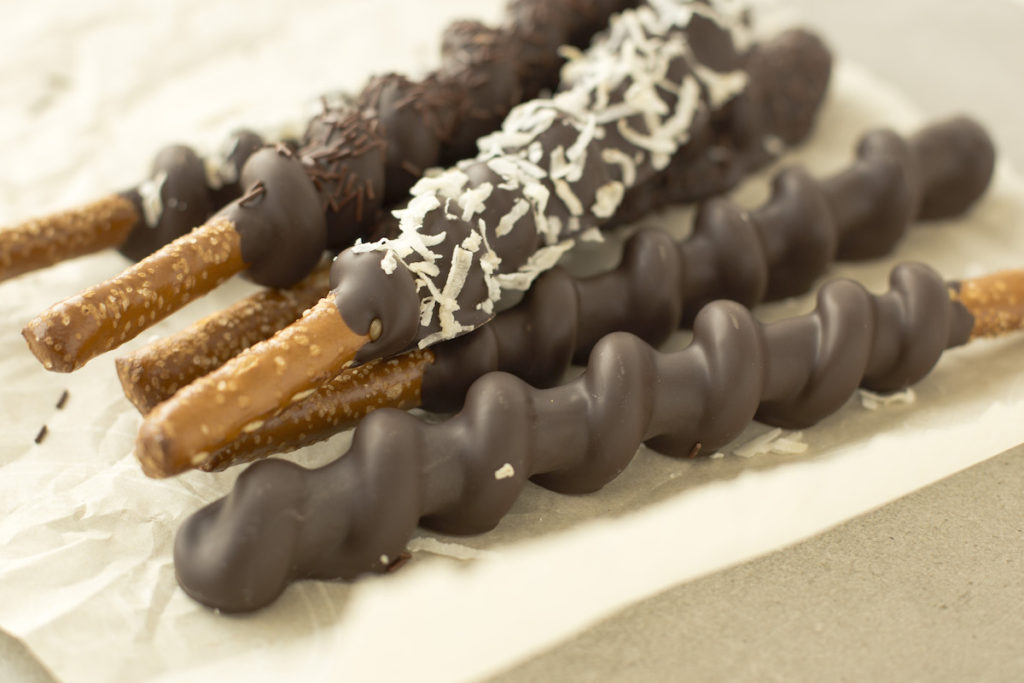
If your leftover chocolate has been stored improperly, encouraging chocolate bloom, you can recover the chocolate by melting and following the tempering instructions. No need to throw it out! It can be saved.
Prevent chocolate bloom by tempering when you melt, storing chocolate in an airtight container at 60-70 degrees, keeping chocolate away from moisture and extreme temperatures.
Problem: Seized Chocolate
Okay. You’re melting your chocolate over a double boiler. You chocolate is nearly melted, so you remove the bowl of chocolate and a burst of steam surrounds your bowl. When you begin to stir again, the chocolate is clumpy and grainy, changing the texture completely. What happened??
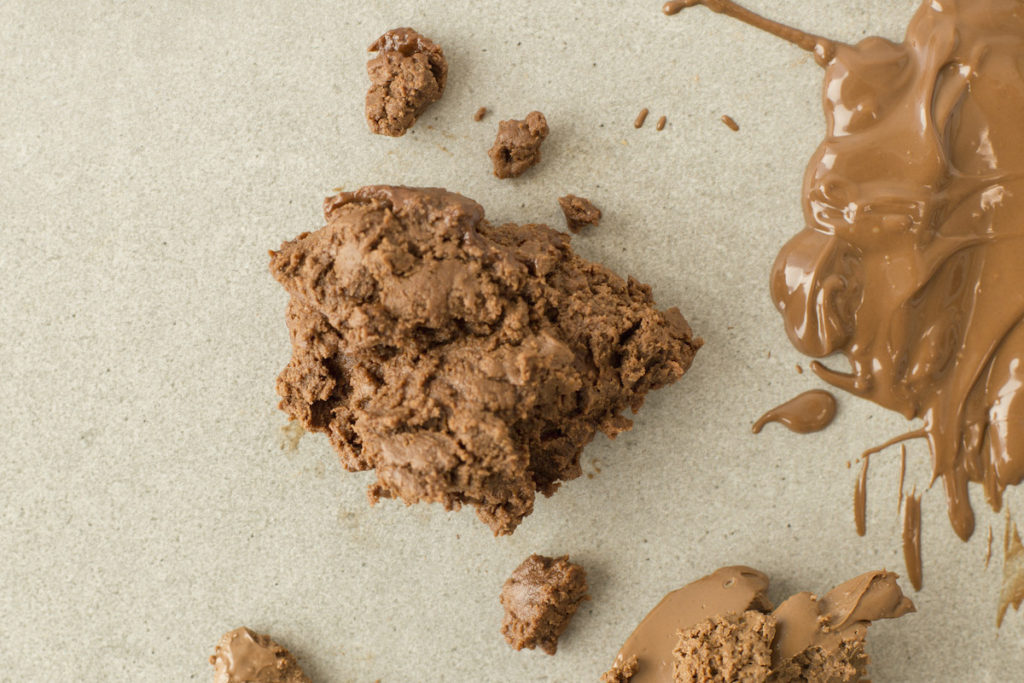
Well, chocolate is oil-based. Oil hates water. Water was introduced to the chocolate, causing the chocolate to seize. The texture becomes grainy and clumpy and no amount of melting will make it smooth again.
This can also occur if you add water-based flavors or food colors to chocolate. It can even happen if you use a wet spatula to stir your bowl of chocolate. Any water will make your chocolate so sad.
Solution: Seized Chocolate
Once water has been introduced, you can no longer use the chocolate for dipping or molding. But don’t throw it out!! It can be saved.
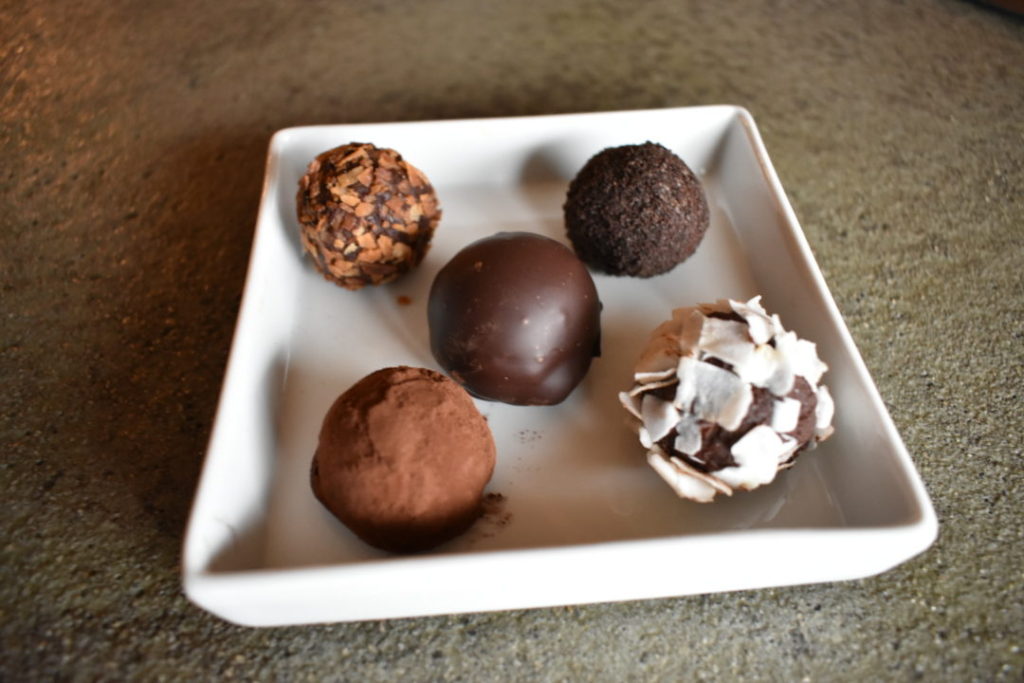
Use the chocolate to make a ganache! Heat some cream and stir it into the chocolate until smooth. Leave it thinner for a heavenly glaze. Or let it cool and thicken and it makes a great truffle center.
You can avoid seized chocolate by keeping water away! Check the ingredients of flavorings and food coloring before adding. Use oil-based options instead. And make sure your bowls/tools/equipment is completely dry when using with chocolate.
Problem: Burnt Chocolate
The smell is unmistakable. You’re melting your chocolate. One second it is fine. And the next, it is not!! It becomes grainy and your nose fills with a toasty cocoa smell. What happened??
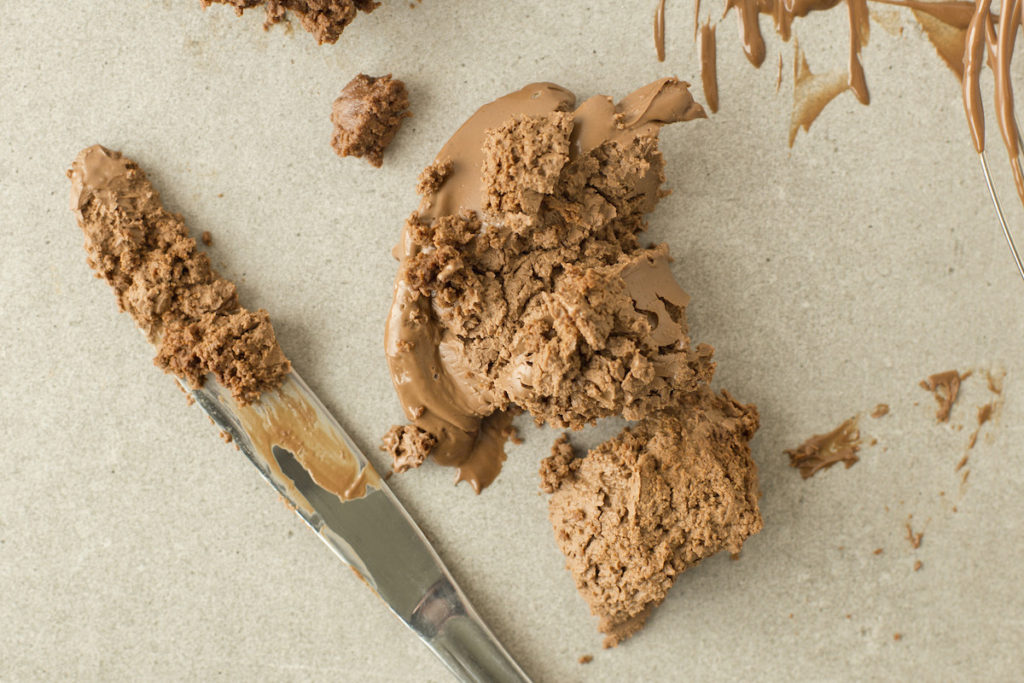
Your chocolate has burnt. This is extremely common when melting in a microwave. The center of the mass of chocolate heats first and can quickly burn when left unattended and heated for too long.
Solution: Burnt Chocolate
Unfortunately, burnt chocolate can not be saved or reused. It is a lost cause.
You can prevent burnt chocolate by melting it gently. If using a microwave, heat in 30 second increments, stirring between. If you have a high-powered microwave, reduce the heat to half power. If melting on a stove, use a double-boiler. The steam from the boiling water will gently melt the chocolate, instead of the direct heat from a pot.
Conclusion:
If you’ve found your way to this article because you have experienced any of these frustrating problems, know this: you are not alone! Chocolate is tricky. Just keep trying and you’ll figure out all the quirks! You’ve got this!

